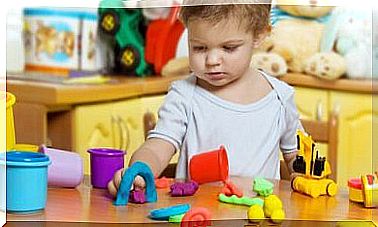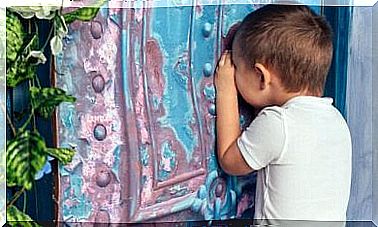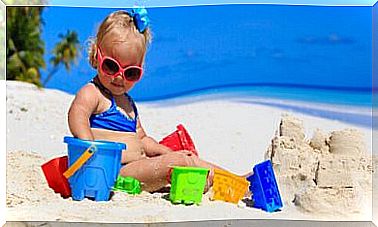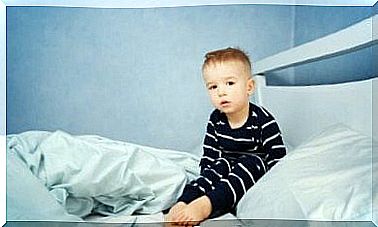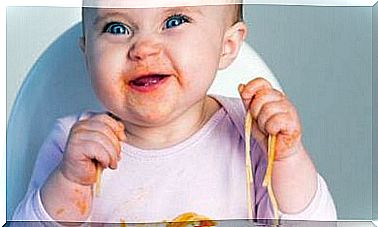Stimulating A Child’s Senses With 5 Exercises
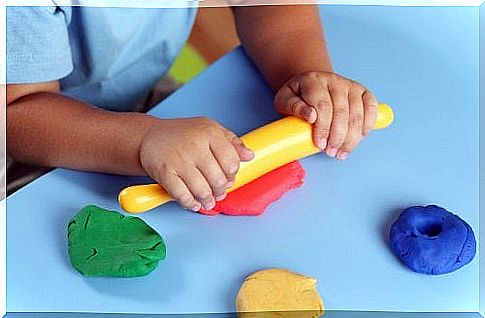
Stimulation of the senses is an integral part of a child’s development. Experiencing and understanding the different senses — sight, hearing, smell, taste, and touch — is important because the senses not only help the child explore the world, but also understand the environment and their own body.
The feelings we experience are the basis of all knowledge. Learning depends on the sensations that our senses perceive. By stimulating these senses, we are stimulating, in a sense, the structural growth of the brain.
In this article, we focus on tactile stimulation. We’ve collected less than five entertaining exercises specifically aimed at stimulating a child’s sense of touch.
Stimulation of a child’s senses with 5 exercises
1. Eyes blindfolded
This excellent play to stimulate the senses is started by tying a bandage to one child’s eyes. The child should then blindly look for other participants nearby. Once the child finds another participant, he or she should try to identify this without removing the bandage from his or her eyes.
Another option is for the child to look for objects instead of people and try to deduce blindly what those objects are. It is advisable for an adult to add objects to the room so that the child cannot see them in advance. It is good practice to ask the child to describe the object in their hands as accurately as possible.
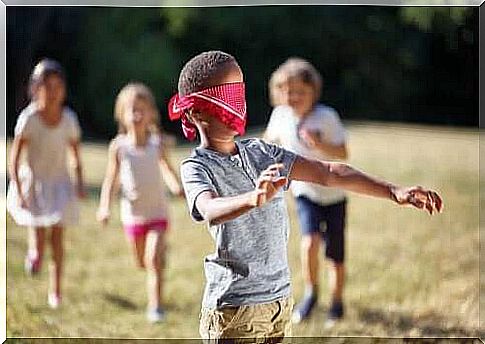
2. Texture box
As the name suggests, different textures are put together in a box in this game. For the activity, a box is needed in which separate sections are built, for example with the help of empty yoghurt jars.
Each section is filled with different objects or things. In addition to small items, for example, boiled or raw rice, oil, warm water, seeds or sand can be used. Once the box is filled, the child is allowed to feel the textures with their hands.
3. The mystery bag
An opaque bag and a variety of small objects are needed for this exercise. We recommend choosing objects that are easy to identify by touch – for example, a comb, key, marble ball and building block are well suited for the purpose. The objects are placed in a bag, after which the child lifts them from the bag with their eyes closed one at a time and tries to identify them.
In another variation, the child is asked to describe one of the items in the bag to the other participants. After this, the other participants must find the object in question, regardless of the bag.
4. Playing with shaving foam
This is the most complex activity on our list in terms of arrangements. A few bowls are needed for this exercise, each with a little shaving foam. A slightly different color of watercolor is then added to each bowl to stain the foam.
Next, a sheet of paper as large as possible is spread on the table, on which the child is asked to draw an object or thing – for example, an animal or a fruit. The child is then allowed to color the image using colored foams and their hands. It is a very fun activity where the child is allowed to use their senses and get to know different sensations.

5. Crafting with modeling wax
Almost all children like crafting with modeling wax or clay. From these materials, countless different shapes and figures can be created, which evokes the imagination of the child. Playing with modeling wax or clay also develops the ability to concentrate as the child works long-term to bring their ideas to life.
These types of activities are not only fun, they also relax and develop a conscious presence. The modeling of modeling wax can be a good tool to soothe a child after a momentary anxiety, and is often well suited for hyperactive children as well.
The simple activities described above give the child the opportunity to explore their own ability to touch and feel. Exploring and experiencing objects by touching and manipulating them is an integral part of a child’s development. Such activities are useful for all types of learning.
